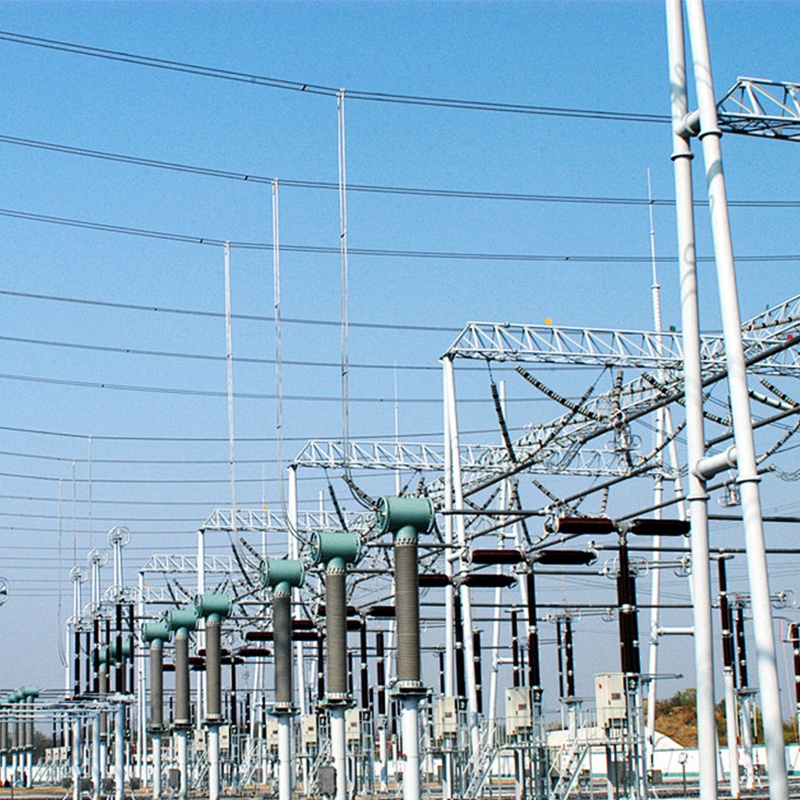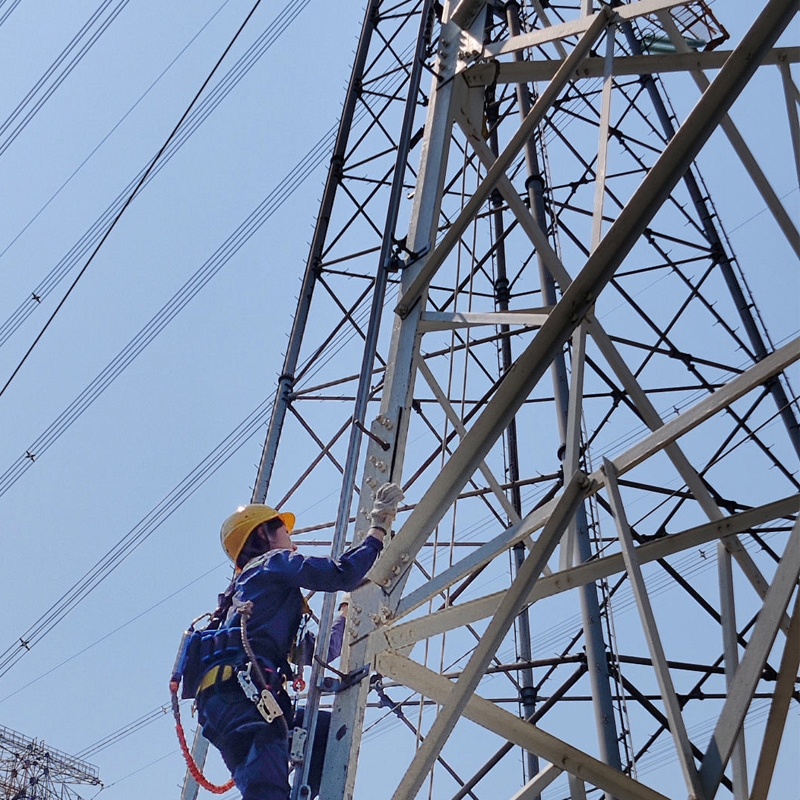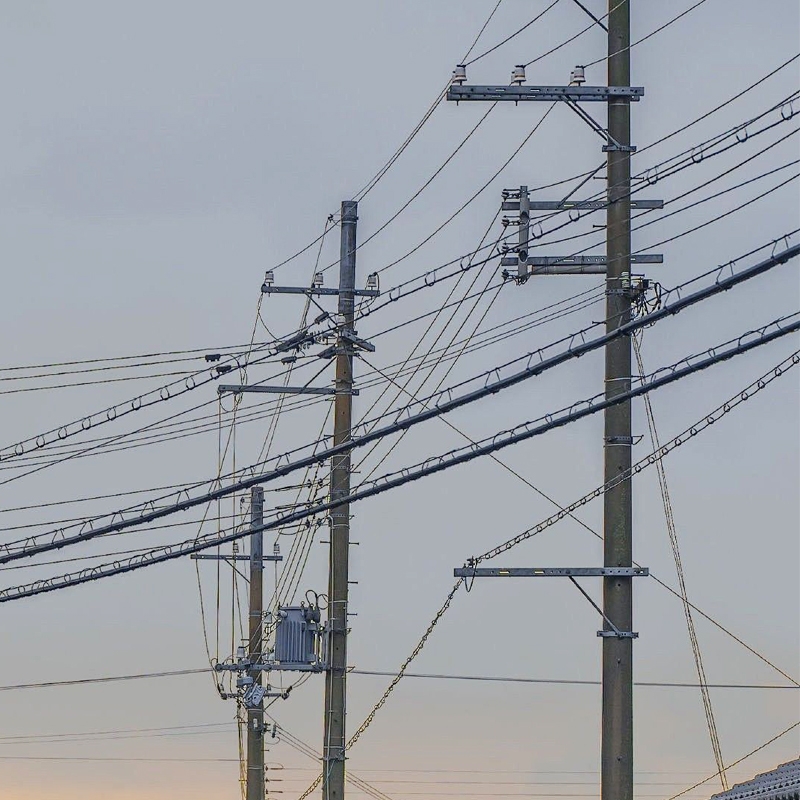Transformer: The Invisible hero of the power world
In the process of human electrification, there is a device that has always been quietly undertaking the crucial task of energy transmission - it does not directly emit light and heat, but is the "blood vessels" and "nerves" of the modern power grid. It doesn't have a cool appearance, but it makes it possible to transmit electricity over a thousand miles. This is the transformer, a device that converts the principle of electromagnetic induction into an industrial wonder.
I. From Faraday to Tesla: The Evolutionary Path of Transformers
When Faraday discovered the phenomenon of electromagnetic induction in 1831, perhaps he never imagined that this principle would give rise to a new chapter of the Industrial Revolution. Early induction coils could only achieve limited voltage transformation. It was not until 1885 that the Hungarian engineers, Zipinovsky, Deri and Brati, invented the closed-circuit core transformer, which truly laid the foundation for the prototype of the modern transformer. Tesla's alternating current system and Westinghouse's commercial promotion eventually made transformers a standard feature of the power grid.
In the process of structural evolution, the emergence of oil-immersed transformers has solved the problems of heat dissipation and insulation, and the application of amorphous alloy materials has reduced no-load losses by 70%. In 2010, the 1100kV transformers used in China's ultra-high voltage projects, each weighing over 800 tons, could keep the power loss within 1% of the total transmission volume.
Ii. The Working Principle of the Energy Magician
The transformer generates an alternating magnetic field through the alternating current in the primary coil. The core efficiently conducts the magnetic field lines to the secondary coil, completing the voltage rise and fall transformation. This seemingly simple process involves precise electromagnetic design: the lamination Angle of silicon steel sheets must be precisely controlled to reduce eddy current losses, and the use of tangled continuous commutation wires in the windings can lower AC resistance. Modern simulation software can simulate the magnetic field distribution. The optimized design enables the efficiency of large transformers to exceed 99.7%.
In the power transmission chain, transformers are like relay race runners: the step-up transformer at the power plant end raises the voltage above 500kV, reducing line losses; The voltage reduction stations in the suburbs of the city gradually lower the voltage to the 10kV distribution network level. The box-type transformer that finally enters the residential building completes the conversion from 380V to 220V. This multi-level transformation system enables the neon lights on the Bund in Shanghai to light up the electricity generated by the Three Gorges Hydropower Station.
Iii. Beyond Power: Cross-border Applications of Transformers
In the field of precision medical equipment, resonant transformers provide a stable high-voltage power supply for CT scanners. The high-frequency transformer converts the direct current of the photovoltaic inverter into a perfect sine wave. In 2023, Japan developed a nanocrystalline transformer, which is only the size of a mobile phone charger but can carry a power of 20kW, bringing a breakthrough to the fast charging technology of new energy vehicles.
In the era of smart grids, transformers are evolving into data nodes. Digital transformers equipped with sensors can monitor winding temperature and gas content in oil in real time, and predict fault risks through edge computing. The intelligent transformer group of a certain substation in Germany can automatically adjust the transformation ratio within 0.1 seconds and balance the fluctuations of wind and solar power generation within a 30-kilometer radius.
Iv. Technological Breakthroughs in the Green Revolution
Facing the goal of carbon neutrality, the transformer industry is experiencing a material revolution. Vegetable insulating oil has begun to replace mineral oil, and the biodegradation rate has increased to 98%. Superconducting transformers operate in an environment of -200℃, theoretically eliminating resistance losses. The three-dimensional wound core transformer developed by the China Electric Power Research Institute has reduced noise by 15 decibels through three-dimensional magnetic circuit design and has become a new favorite in urban central substations.
In the field of recycling, the dry disintegration technology developed by Japanese enterprises can achieve 98% material recovery for retired transformers. The transformer life cycle assessment system promoted by the European Union tracks the carbon footprint precisely down to the production and transportation links of each component.
V. Future Vision: When Transformers Meet Artificial Intelligence
Deep learning algorithms are rewriting the rules of transformer design. The AI model trained by Google DeepMind can generate an optimized winding scheme within 10 minutes, saving 3% energy compared to traditional methods. The virtual transformer constructed by digital twin technology can simulate a 20-year aging process and guide preventive maintenance.
More imaginative changes are taking place: Programmable transformers achieve real-time impedance regulation through power electronic devices, supporting flexible DC grids; The containerized transformer with modular design can be assembled quickly like building blocks to meet the emergency power supply requirements. Scientists are even exploring the concept of quantum transformers, using superconducting quantum interference to achieve nearly lossless energy conversion.
This device, which was born in the 19th century, continues to write its legend in the 21st century. From the ultra-high voltage converter stations on the Gobi Desert to the micro high-frequency transformers in the server cabinets of data centers, they jointly build the energy neural network of modern civilization. When we press the light switch at night, perhaps we should pay tribute to these silent energy ferrymen - without their precise operation, humanity would still be wandering between darkness and light to this day.



